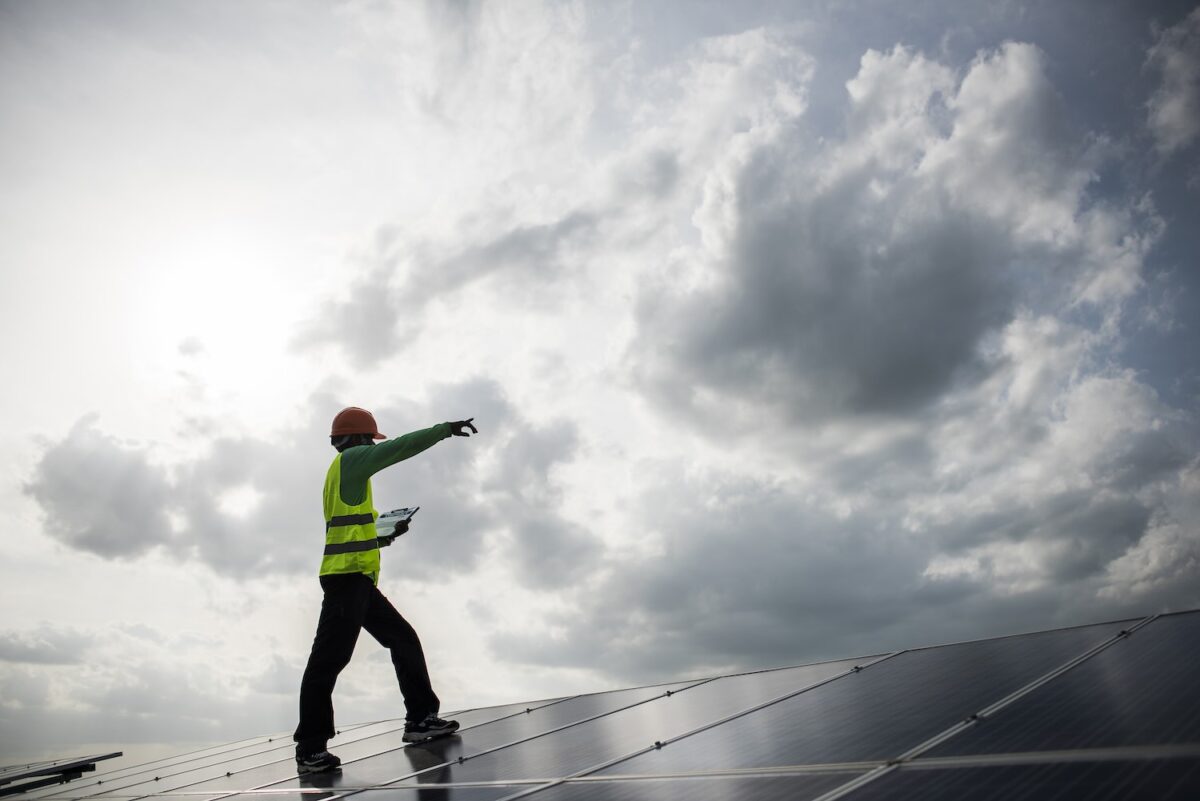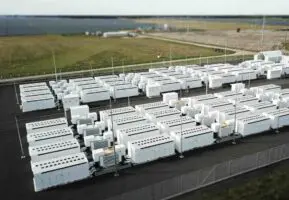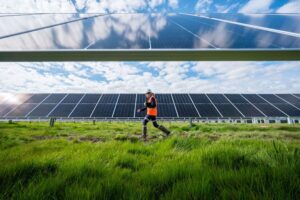The Australian Renewable Energy Agency has tipped nearly $1 million into a project that will help commercial and industrial businesses realise their flexible demand potential, with the goal of identifying a total of up to 5MW of usable capacity.
Arena said on Tuesday that it will contribute $942,944 to Melbourne-based outfit Birdwood Energy’s $2.58 million project to develop a streamlined process for businesses to identify load flexibility opportunities and commercialise them.
Demand response, alongside energy efficiency, is one of the unsung heroes of the energy transition, with the potential to help manage grid fluctuations cheaply and efficiently.
A recent study from The Australia Institute and Buildings Alive found that if commercial buildings shifted just one-third of their peak summer electricity consumption to the middle of the day it would free up new peak capacity in the energy market of almost 12 gigawatts.
The study found the cost saving to consumers of using “buildings as batteries” in this way could reach $1.7 billion a year and cut annual greenhouse gas emissions from electricity by 2,780,000 tonnes.
But the researchers also found that there were currently still a number of barriers preventing this potential form being realised, including a lack of awareness from commercial and industrial building developers, owners and managers.
A key recommendation from the report is for the provision of specific education programs for building managers, property investors, and owners, as well as continuous industry development to assist demand response aggregators, retailers and technology providers in the market.
Birdwood Energy, which specialises in unlocking investment in distributed energy and strategic assets for businesses, believes that behind the meter resources, including batter systems and loads, offer a faster and cheaper way to get to net zero.
The company’s ‘Flexible Report Card Platform’ project, which it is developing with the Australian National University (ANU) and the Energy Eifficiency Council (EEC), will allow users to collect and process site data and provide information to guide them on how to participate in the supply of flexible demand.
The report card categorises the types of flexibility, such as air conditioning systems or cold storage loads, and the technology types to unlock them. The project aims to deliver 100 report cards and identify a total of 2-5MW of total load flexibility during the trial.
“Alongside our partners, the ANU who is leading algorithmic energy software development, and the EEC who is supporting engagement with the broader energy services sector, we will deliver a simple and engaging tool to allow businesses to embrace these opportunities,” says Birdwood Energy managing partner Scott McGregor.
Arena CEO Darren Miller says the project is about educating C&I businesses about the benefits they can achieve with load flexibility.
“As the amount of renewable energy in our grid increases, flexible demand is vital to support power system reliability and security, and to reduce our reliance on thermal generation and storage,” Miller says.
“Through this project with Birdwood Energy, Arena aims to help scale up flexible demand by identifying which proven technologies can help C&I business save on their energy bills and play a bigger role in the renewable energy transition.”
On the other side of the equation, Arena has also awarded Victorian network company United Energy $3.54 million for a Flexible Services Trial to explore the management of system security challenges associated with minimum system load – an increasingly common issue facing the energy market when solar floods the grid in the middle of the day.
The $8 million project will run two trials that focus on managing two-way electricity flows, particularly the flow to the grid from rooftop solar, and identify how best distribution companies can ensure a “seamless flexible connection experience” for customers at scale.
A hot water load control (HLWC) trial will use smart meters to align load with periods of low demand and high solar production. The project will recruit a minimum of 10,000 customers on existing controlled load tariffs – with the potential to scale up to 146,000 customers or 120 MW in flexible capacity.
A second flexible exports trial will provide 100 residential and 5 commercial and industrial customers with the ability to export rooftop solar above current grid limits using Dynamic Operating Envelopes (DOEs).
Arena says this trial will involve varying solar exports in line with what is happening with supply and demand on the local network.
“Distribution networks play a critical role in keeping the electricity system operating reliably and are increasingly needed to trial new solutions to manage a changing electricity supply,” says Arena CEO Darren Miller.
“This project comprises two different tools that will help to develop the flexible, dynamic grid needed to respond to the growing share of renewable energy powering our grid.”









